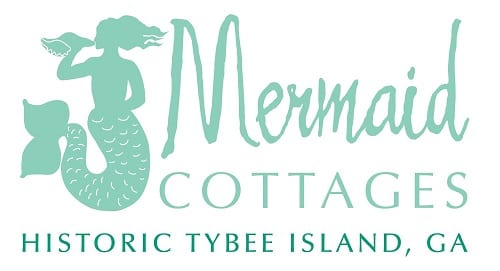I’m back home! The dogs sure are happy! Max can’t stop wagging his tail and is laying right beside me with his head in my lap, just sighing with happiness! His human is home!!! I love my little island, certainly loved my road trip, but happy camper to be home!
As I said in some of my blogs, now that we have a new leader of our country, it’s time to get to work making our community and therefore our country, the absolute best we can be. We have work to do and we’re ready to embrace this! Well , seems that even the oysters got the memo because they’re doing their part to improve our island’s waterways! Read this great article by writer Mary Landers on a very clever way our island ‘s public works department is using Mother Nature to help with some of man’s mistakes! Great story!!!
Oysters to filter Tybee storm water
By Mary Landers
Created 2009-01-16 00:30
Tybee Island is recruiting new workers to help manage its storm water: oysters.
With help from the University of Georgia Shellfish Research Lab on Skidaway Island, Tybee plans to restore oyster beds along Horse Pen Creek this spring. In a storm, much of the runoff from Tybee’s streets feeds into the creek, bringing with it pollutants such as pesticides and pet waste along with the oil and antifreeze that drips from vehicles.
Fabric filters in the city’s catch basins remove 70 percent to 90 percent of the fine silty particles on which these pollutants hitch a ride, said Joe Wilson, Tybee director of public works.
Oysters will work overtime to finish the job.
“They filter water at a rate of 2.5 gallons per hour,” said Daniel Harris, Georgia coordinator for the Shellfish Lab. “You can imagine a whole oyster reef is doing a lot of filtering.”
For their trouble, the oysters will get a place to call home.
Along the East Coast, the once ubiquitous shellfish has been reduced to about 2 percent of its historic populations, Harris said. In the late 1800s and early 1900s, Georgia had the largest oyster industry in the country.
That robust fishery crashed after harvesters failed to put spent shells back in the waterways, using them instead in chicken feed and tabby and leaving oysters with nothing to attach themselves to.
In March and April, Harris expects to use AmeriCorps volunteers to place 5,000 mesh bags filled with oyster shells along the creek’s banks.
The spent shells provide a place for free-swimming oyster larvae, called spat, to take hold and grow.
Along with filtering, the oysters should also stabilize the creek banks.
“Everybody is getting something out of this,” Wilson said.
Tybee is even looking at promoting the oyster shell bagging events and placement of the bags in the creek as ecotourism opportunities.
Tybee council member Paul Wolff said natural infrastructure trumps the artificial sort.
“It’s always nice to help Mother Earth, or in this case Mother Ocean, take care of herself,” he said.









